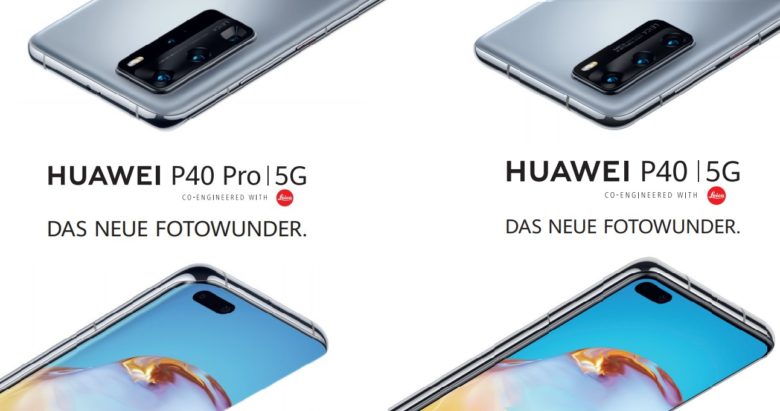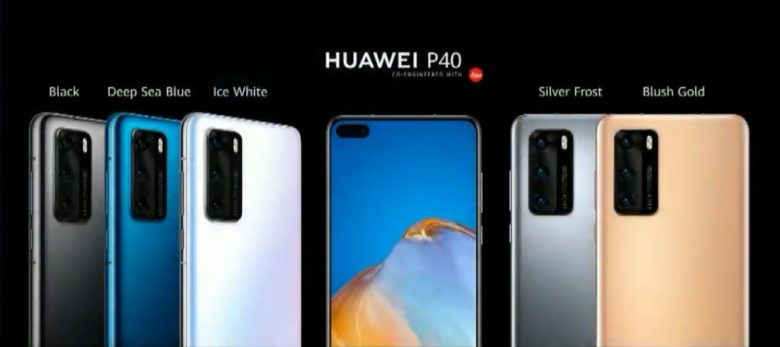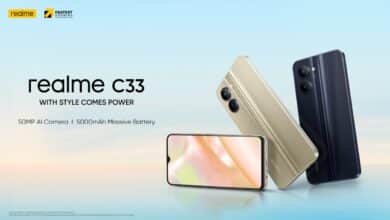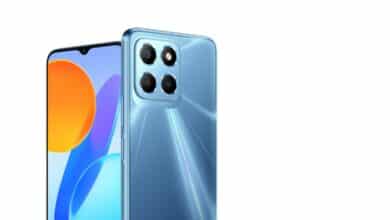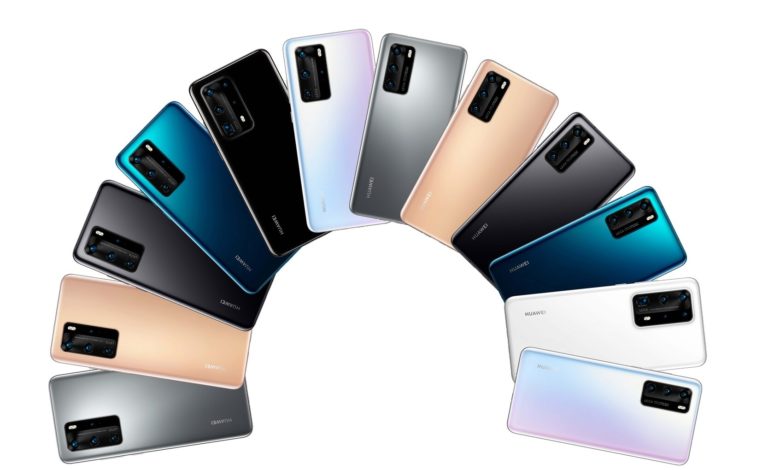
Huawei’s P-Series has always been synonymous with high-quality, high-performance smartphones. Above all, camera performance is what distinguishes the top line of the Chinese group. However, it is questionable whether the great camera can console the lack of Google services. Now Huawei has introduced the P40 series, the successor to last year’s extremely popular P30 series. .
New P30 series feeder
With last year’s P30 series, Huawei offered one of the most successful smartphone series. The P30 Pro with its extraordinary camera is still one of the most powerful and popular smartphones on the market today. Although the hardware is still up-to-date, Huawei is now launching the P40 series. In particular, the Chinese introduced the Huawei P40 and the P40 Pro. However, the market launch for both devices is likely to be much more complicated than it was for the P series from 2019. The once again breathtaking camera probably can’t help here either.
Market launch without Google services
The dispute between the USA and Huawei does not leave us unaffected. After all, with its Android operating system, Google has always been considered a reliable partner at the side of the Chinese company. Now this is no longer the case. Thus, the new P40 series will also be launched without Android. However, the P40 series is not the first smartphone from Huawei to be released without Android in this country. The smartphone giant already tried its luck with the Mate 30 Pro. However, it was rather a half-hearted release. Huawei only brought this model onto the market in limited numbers. The P40 series is thus the first attempt of the company to convince even without Android.
The different models
Anyone interested in the new P40 series must first decide between two different models – for the time being. At present, buyers can choose between two versions, the P40 and the P40 Pro. In the course of the second half of the year, the portfolio is to be expanded by a third device, the P40 Pro +. The P40 is the smallest of the three devices. But although it is the smallest representative of the series, it still has a proud screen diagonal of 6.1 inches. The display not only offers 60 Hz, but can also score points with a resolution of 2340 x 1080 pixels.
High refresh rate
If you’re looking for a larger display, you should take a look at the P40 Pro. It offers a proud 6.58 inches and a resolution of 2640 x 1200 pixels. In opposition to its smaller counterpart, the larger version also has a refresh rate of 90 Hz. What at first sounds like a lot turns out to be a decisive disadvantage compared to the South Korean competition. After all, Samsung’s current flagships (S20 series) offer a proud 120 Hz. However, it is now known that the high refresh rate of the Samsung models is a real battery eater. So maybe Huawei’s middle ground is the better solution? This will become apparent in a practical test.
Great Display
Although the P40-Pro “only” offers 90 Hz, the moving images on the display should be extremely fluid. In addition, the new flagship should be able to offer very stable viewing angles. Furthermore, contrasts, black levels and colors are convincing. This is of course due to the typical advantages of the OLED panel. Huawei is trying to take up the fight with the competition when it comes to minimal display edges. For this reason, the manufacturer relies on rounded display edges, similar to Samsung. This is intended to reinforce the impression of a display with as few edges as possible. However, this step forced the manufacturer to take a path towards the S10 series and not the current S20 series in terms of design. The huge double front camera appears in a large recess in the upper left corner of the display. This somewhat clouds the otherwise modern design.
Customary great camera
At first glance, not much changes in terms of camera technology when you compare it to the P30 Pro. Why should it? The technology is still top notch. The P40 Pro still relies on a wide-angle main camera, an ultra-wide angle camera and a telephoto camera. This allows the user to work with three different focal lengths. The sensor that is used again comes from in-house programming. What makes it special is its high light sensitivity. This means that even in dark lighting conditions, great pictures should be possible.
The sensor should be able to conjure up great pictures
Until now, the special night mode in the photo app was considered a guarantee for great pictures even in the dark. Thanks to the new RYYB sensor, the P40 series should provide exceptionally good lighting even in normal photo mode. Of course, the classic night mode still conjures up a far better illumination. However, if possible, you should only use the night mode when the object to be photographed is not moving. Otherwise, there is the risk of blurred pictures. Even if the P40 Pro shoots great pictures in the dark, the competition has caught up according to expert statements. Unlike its predecessor, the P40 Pro won’t be able to set standards anymore.
The improvements
But not everything remains the same with the new P40 series. Huawei has put a lot of work into the ultra-wide angle. The focus here is now clearly on filming high-quality videos. But the ultra-wide angle is also supposed to be suitable for shooting pin-sharp photos. This is not least due to the sensor with a proud 40 megapixels. Here Huawei should be able to clearly set itself apart from the competition. The optical stabilizer should also be able to do a very good job on the P40 series. Videos in Ultra-HD resolution and with 60 frames per second should be as smooth as butter. In the P30 Pro, 4K was only possible with 30 FPS. The new autofocus should also be convincing. Even pictures and videos in high magnification should be able to get by without annoying shaking. This is probably most noticeable from the 10x zoom level.
https://www.youtube.com/watch?v=SLdNDpgIzpY
Long battery life
For P40 and P40 Pro, Huawei relies on the Kirin 990 in terms of CPU, which supports the new 5G standard. Long battery runtimes should be possible in the interaction between the processor and the built-in battery. The Chinese company again gives the P40 Pro a 4200 mAh battery. This was also the case last year with the P30 Pro. The smaller P40 receives a battery with 3800 mAh. Should the battery status end earlier than intended, a practical quick charge function is also available this year. The smartphone can then be recharged very quickly thanks to a 40 watt strong adapter. A charging function with inductive charging surface should also be possible again.
Price and availability
Overall, Huawei seems to be able to score with hardware again this year. However, it remains to be seen if the missing Android won’t deter too many buyers. Huawei P40 and P40 Pro are supposed to be released on the German market on May 2nd. The RRP for the two devices is supposed to be 799 euro (P40) and 999 euro (P40 Pro), respectively. For the colours, the buyer has the choice between black, silver or gold. The P40 even comes in 5 colours.
